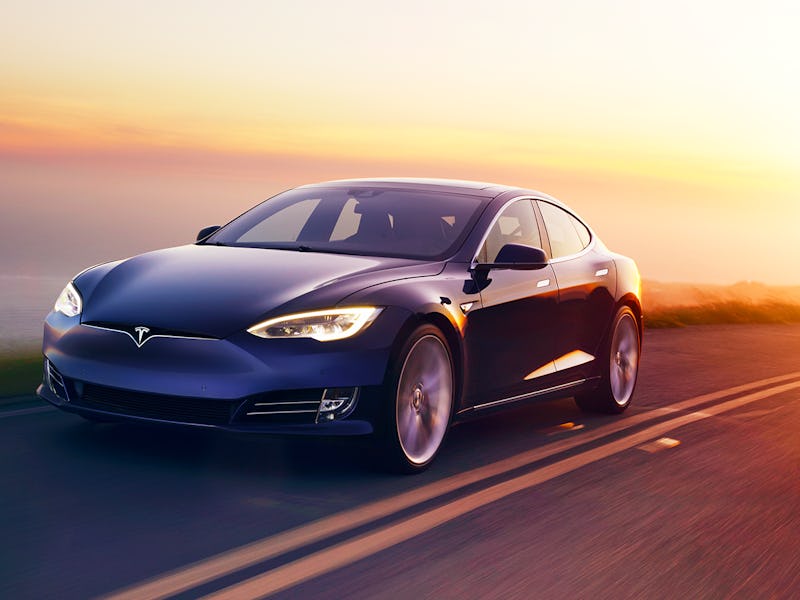Tesla Model S range: EPA responds to Elon Musk's bad test claims
The Environmental Protection Agency has responded to Tesla CEO Elon Musk, who declared the Model S can travel for 400 miles.

How far can a Tesla Model S drive between charges? CEO Elon Musk claimed Wednesday it's further than advertised, and the discrepancy is thanks to a poorly-executed test by the Environmental Protection Agency – but the agency responded Friday that the test was carried out correctly.
During the company's first-quarter earnings call Wednesday, Musk claimed that the premium sedan's advertised range of 391 miles is not quite accurate. Musk said that the agency, which measures vehicles for the American market and issues battery ranges in miles, left the door open and disrupted the test:
"It should be said that the real Model S range is 400 miles, but when we did the last EPA test, unfortunately, the EPA left the car door open and the keys in the car, and they did this overnight. So the car actually went into waiting for driver mode and lost two percent of its range. And as a result, it had a 391 test."
In a statement to Inverse Friday, the agency disputed this claim:
“We can confirm that EPA tested the vehicle properly, the door was closed, and we are happy to discuss any technical issues with Tesla, as we do routinely with all automakers.”
The 400-mile mark is a big milestone for Tesla. The company has made a name for itself by proving electric cars are a viable mass-market option, starting with the Roadster in 2008 before the Model S in 2012 and Model 3 in 2017 increasingly brought the company's starting prices down. Range is listed in surveys as a key concern for would-be electric buyers, and a Volvo survey in February 2019 found 58 percent of drivers that hadn't made the switch were concerned about running out of charge. For Tesla, crossing the 400-mile mark would send a big message about the firm's technologies to a range-conscious audience.
Tesla Model S.
The EPA routinely carries out tests through a standardized method. MyEV explained in 2018 that it involves charging the car up and leaving it overnight with a full battery. They then place the car on a dynamometer, essentially a giant treadmill, with a driver following routines to simulate highway and city driving. The battery is then charged to full. The energy needed to charge to full is divided by the number of miles driven to arrive at the miles-per-gallon equivalent.
Musk's story suggests the agency completed this test incorrectly, meaning the range listed on the agency's website is inaccurate.
Inverse has contacted Tesla for comment about the agency's rebuttal.
In the January 2020 earnings call, Musk claimed Tesla's cars were "rapidly approaching" the 400-mile figure, and its vehicles "actually have more range than we are currently stating on the website." In February, when the agency updated the Model S range, Musk claimed that "all S/X cars made in recent months have actually been above stated EPA range." A software update in March brought the higher figure to the in-car displays, boosting the reported range on select Model S vehicles from 373 miles to 390 miles.
During the call, Musk suggested the company would re-submit the vehicle for testing after the lockdowns for the coronavirus pandemic lifted:
"As soon as the EPA reopens for testing we will redo the test, and we're actually really confident that we will achieve a 400 mile, or greater, range with the Model S. But to be clear, the Model S for the past two months...the true range of the Model S for the past two months has been 400 miles."
Whether the range will reach higher than 400 miles remains to be seen.